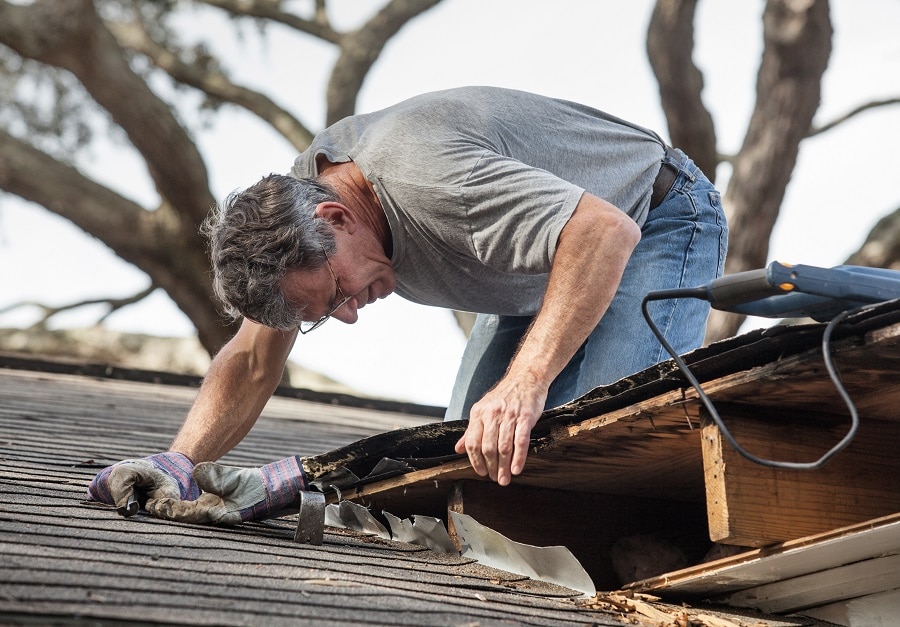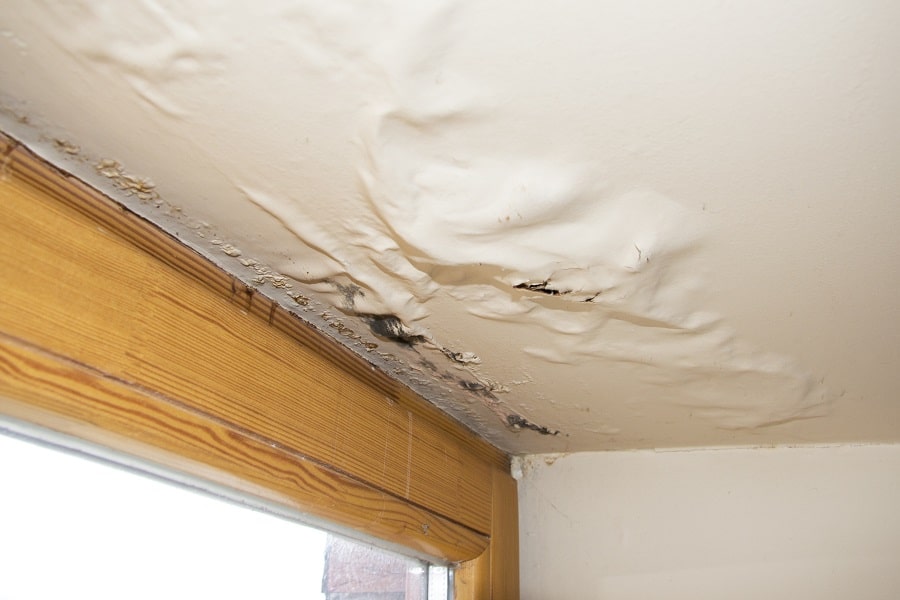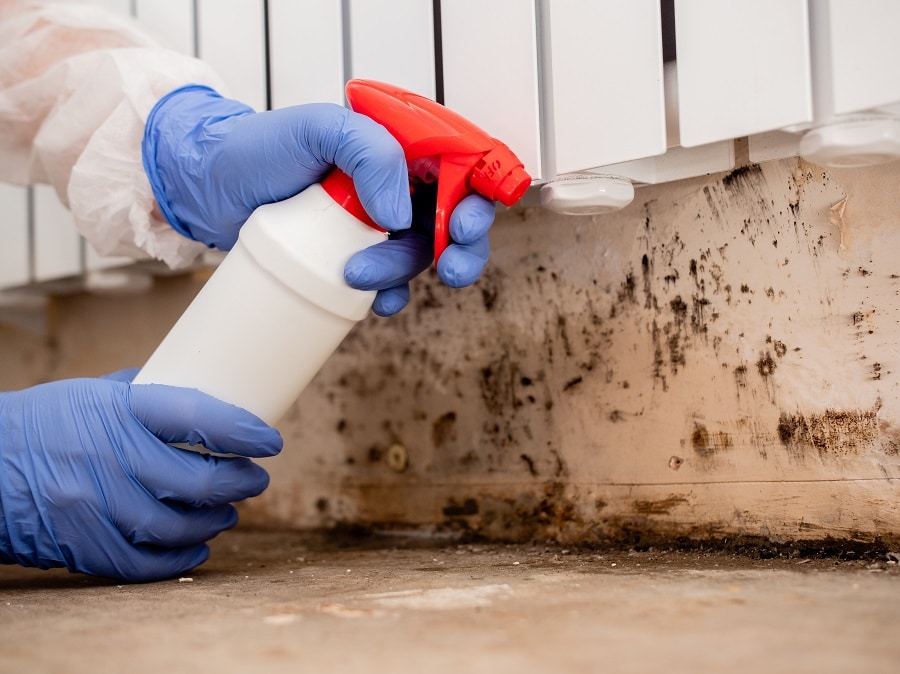When we consider any building, regardless of its age, any timber decay within the building is often caused by rot. Wood rot comes in two predominant forms: wet and dry rot, and they both occur as a result of fungal decay in building timbers.
What is Wet Rot?
This is a type of parasite which can be found in wet timber. It alters the structure of the timber, causing swelling and separating its fibres, which leads to crumbling and loss of strength in the structure. Wet rot can speed up the decay process, making timber lose its structural integrity and eventually collapse. Incessant contact with sources of moisture is the primary cause of wet rot in structural wood. This could be from the ‘wet’ side of the structure, through faulty plumbing or penetrating damp. Wet rot is fungi, it spreads to timbers close-by and causes damage.
Our Guarantee
- upto 30 year guarantee
- customer focused team
- 20 years combined experience
- portfolio of satified customers
- attention to detail
- Construction line accreditation
- public liability insurance
- CHAS accreditation
What is the Difference Between Dry Rot and Wet Rot?
Dry rot can inflict damage faster and trigger extensive decay to structural timber as it consumes and spreads throughout the affected property. Wet rot, however, occurs more often but is typically less severe; decay in such cases is limited to the area affected by water. In the absence of noticeable fungi, we can identify wet or dry rot by observing the variation in timber colour and the size of the cracks seen on the timber.
What causes Wet Rot?
The development of Wet rot spores happens only when certain environmental conditions are met. Moist timber is the major cause of wet rot in timber. Moisture is a major factor in the progress of wet rot formation. Consequently, signs of damage become visible on the decaying timber.
The Dangers of Wet Rot in ShorehambySea
Wet rot can have a devastating effect on your home; it can even bring down its market value. Wet rot in the home must be addressed immediately, otherwise, you run the risk of it spreading and infecting the rest of your home. A survey of 2,038 London property owners inquired whether they had experience with wet rot in their homes, where the problem was identified, and how effective they were at preventing future cases.
The results were appalling – over 20% of the respondents had noticed wet rot in some form or the other. Wet rot damages timber floors and can even affect the building’s structural integrity. Apart from the costly repair work, it could go even further by devaluing your property. Most insurance providers will not offer policies to buildings with clear signs of moisture ingress or damp buildup.

What are the Warning Signs of Wet Rot?
Signs of Wet Rot or the conditions needed by the fungus to become pervasive can vary depending on type cause of moisture with a property. Common signs include a malfunctioning central heating boiler, musty smell, peeling wallpaper, and cookers not working properly. Common areas where wet rot occurs include beneath the kitchen sink, along external walls, attics and roof spaces. Wet rot typically attacks older buildings constructed using timber frames rather than modern species such as Meranti and Sapele. Timber from beneath the ground level up to one-floor level is also commonly affected by wet rot. Identifying it when it appears is the first step towards getting rid of wet or dry rot. If you have reason to believe that your home has been infested by wet rot, then you should conduct a damp survey at once.
Call Our Sussex Damp Experts team now for quote, consultation and advice:
Call on 01273 257 765.
How and When Should I Look for Wood Rot?
The same as spring cleaning, searching for signs of rot and damp is a task that should be undertaken annually. The pre-winter preparation period is a great opportunity for you to do this. You will need a long-handle screwdriver and a flashlight.
You should check the window siding for signs of discolouration and swelling. Paint can cover wood rot, so the wood must be rough and solid, try jabbing the siding with your screwdriver. If the wood is spongy and the surface gives as you apply pressure, you’ve got a wood rot problem. Use a decent flashlight to inspect the attic for discoloured wood. Transition to the screwdriver test if you notice any. You need to examine the roof decking’s base, the edge of the attic where the eaves are fashioned out of angled rafters, and the intersection of logs at the rooftop. These are the best locations for wood rot to grow in the attic.
With the flashlight search for discolouration around the border wood plate that sits on top of your concrete basement wall, scrutinize the wood members. Inspect any discoloured areas using the screwdriver. Check the walls and floors to spot discolouration below sinks and catch water leakage around baths/tubs and the water heater.
How do we identify wet rot?
Identifying wet rot is not an exact science, there many different forms of wet rot that can affect timber in different ways. If a knife pushed into painted timber goes in right up to its handle, that’s a certain indication of rot. Our damp-proofing experts are trained to identify the following:
- Localised fungal growth on timber
- The soft, spongy feel of timber; the affected area appears darker than the surrounding timber.
- The soft and spongy texture of rotting timber; the affected region often looks darker than the other parts.
- That spongy, soft feel timber gets when affected by wet rot; the affected parts are darker than the other areas.
- The spongy, soft texture of rotten timber; the infested area is darker than the other parts.
- The springy feeling that is an indicator of wet rot; the affected area is often darker than others around it.
- Crumbling of affected dry timber into particles.
- Dry timber crumbling into particles.
- The crumbling of infested timber into dry particles.
- Dried-out timber disintegrating into particles.
- The disintegration of rot-eaten timber into particles.
- Shrinking timber
- Bleaching wood in window and door frames
- Flaky or damaged paint
- A musty, damp smell
What to Do After You Detect Wet Rot?
You need to engage a damp expert to treat wet rot and ensure the source of the moisture ingress is identified and stopped to ensure that the problem does not recur. For further information about treating wet rot, call us on 01273 257 765 and let Sussex Damp Experts help.
Wet Rot and Damp Proofing in ShorehambySea

Your search for wet rot treatment and damp proofing services ends here! Call us immediately you spot any indication of damp or wet rot in timber around the house. By helping you fix the problem, you can save money on expensive repairs and also minimise the health risks attached to letting the decay progress unimpeded. One of our qualified damp surveyors will be able to determine the cause of the problem and the best course of action to rectify the issue.
Timber damp proofing, not to be confused with cosmetic treatment, refers to a maintenance strategy intended to protect the timber from decay. There are two main ways to protect the timber.
Surface treatments are not reliable; they always fail and end up intensifying the issue. The only available solutions include covering the surfaces using membranes, treating or replacing the timber. If you need further information on wet rot treatment from one of our experts, call 01273 257 765 today.
Wet Rot Treatment Specialists in ShorehambySea
With over ten years of experience in the field, we are one of the leading wet rot specialists in ShorehambySea, offering free surveys and no obligation quotations to householders, landlords and commercial property owners. Our team of experts will visit your property and investigate the source of the wet rot and provide advice on the next steps to take to get rid of it. Our team of experts employ advanced techniques to curb the spread of different types of wet rot in properties.
Wet Rot Treatment in ShorehambySea
Wet rot typically occurs in areas with sustained exposure to moisture. We consider the source of the problem as well as the affected area during wet rot treatment. We eliminate the possibility of facing similar issues by identifying exactly how the moisture reaches the timber and blocking off all the access points. Wet rot treatment should be left to experts who can provide a comprehensive solution. Delaying treatment can lead to a steeper cost of treatment. It is advisable to contact professionals like Sussex Damp Experts when you identify any sign of damp or wet rot development in your building.

We can provide lasting solutions to wet rot. Sussex Damp Experts is always willing to help, we quickly assess the source of the moisture and which areas suffered damage. Delaying could be fatal, call 01273 257 765 today or fill the contact form to save your timber!
Our Wet Rot Treatment Process in ShorehambySea
As is the case of the majority of property-related issues, the longer you put off acting on a persistent problem, the worse it is likely to get. If you notice the presence of fungal rot at the early stages, treatment can be narrowed down to a small area. In situations where the rot has advanced across your timber’s breadth, you may need to get replacements for full timber beams or take on major repair work. Treating wet rot involves a series of steps. The treatment of any fungus-related issue involving timber should start by protecting it from damp. If there is water leakage in your home that affects the timber, we identify the source and apply corrective measures. Builders and contractors who lack expertise often resort to replacing the affected wood. Thereafter, such treatment typically involved the spraying of chemical preservatives in the affected area. This method will end in disaster. If you are worried about the presence of wet rot in your building, call Sussex Damp Experts today. We can help you identify the cause and treat the damage.
What happens to Wet Rot if left untreated?
If you ignore wet rot treatment, your property’s structural timber will ultimately weaken and, in some cases, even pose a health risk to the inhabitants. When wet rot sets in, the timber loses its strength and will break if you poke it with a sharp object. The long-term result is a loss of structural integrity in the timber, which could eventually lead to your building being condemned. Call Sussex Damp Experts 01273 257 765 and discuss your project with one of our wet rot treatment experts today.
What is the cost of Wet Rot Treatment in ShorehambySea?
Rot can cause extensive damage to any property. The cost of repair work and damp proofing will vary based on the type and severity of the infestation, but that shouldn’t deter you. With our experts who are always willing to help, you will find that wet rot treatment in ShorehambySea doesn’t have to cost a fortune. We are committed to helping you make the right choices for your home and health.
How to prevent wet rot?
Wood must be ideally kept dry and treated to prevent the timber from decaying. You can use wood hardeners to give timber in at-risk areas an extra layer of protection against moisture. Areas of properties most affected by damp include sills, window boxes, timbers that touch brickwork but have not subjected to damp proofing treatment including the use of a fungicide and sealant.
Talk to Our Wet Rot Treatment Experts Today!
If you need further information on wet rot treatment from one of our experts, call 01273 257 765 today.
FAQ
Is wet rot smelly?
Is Wet Rot Capable of Spreading?
Can Wet Rot Cause Health Problems?
Is there a DIY treatment solution?




